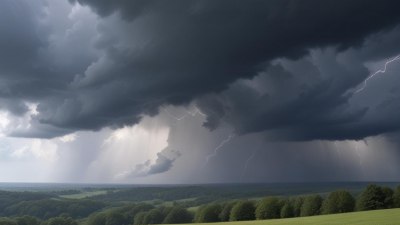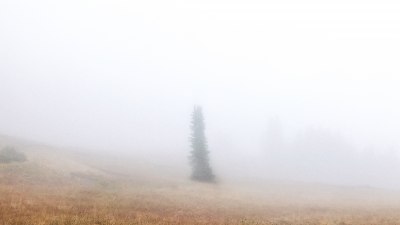Why You Can’t Trust a Breeze That Comes With No Warning
Explore the dangers and unpredictability of sudden breezes in nature.

This image was created with the assistance of Freepik
Nature has a way of surprising us, often delivering experiences that are both beautiful and dangerous. One such phenomenon is the unexpected breeze that can sweep through without any prior warning. The purpose of this article is to delve into the significance of these breezes and understand why one should be cautious when faced with a gust that seems to come out of nowhere.
Understanding Breezes
A breeze is generally defined as a light or gentle wind. It often signifies calmness and is a welcome respite on a hot day. Breezes can be categorized into different types: the sea breeze, land breeze, and valley breeze, among others. However, there are occasions when these breezes transition into more formidable winds that can pose various threats to individuals and the environment.
The Metaphysics of Wind
From a scientific and philosophical standpoint, wind represents change. The change can be welcome, such as a breeze that brings cooler temperatures on a summer day, or unwelcome, such as the unexpected gust that precedes a storm. The wind embodies a duality—an enigma that carries both peace and peril. Although the initial sensation of a breeze can be pleasant, the lack of warning creates an atmosphere of unpredictability.
The Physics Behind Sudden Breezes
To comprehend why breezes can arrive without warning, one must first understand how air circulation works. Winds are created due to varying atmospheric pressures and temperature differences. Sudden changes in temperature, such as those caused by an advancing storm system, can lead to abrupt gusts. For instance, when cold air enters an area rapidly displaces warm air, the resulting rush can create a sudden breeze. Understanding these atmospheric dynamics can help individuals prepare for potential dangers that accompany seemingly benign breezes.
The Connection Between Breezes and Weather Patterns
Weather patterns play a significant role in the formation of breezes. Meteorologists study air masses, fronts, and pressure systems to predict weather changes. An unexpected breeze often indicates a shift in weather patterns, signaling the approach of a storm or severe weather conditions. These abrupt changes underscore the importance of weather monitoring and preparedness, especially for those who spend extended periods outdoors.
Understanding the Dangers
A breeze that comes with no warning can carry several hidden dangers. For instance, sudden gusts may topple trees, uproot power lines, or even lead to accidents for those engaging in outdoor activities such as biking or hiking. In more extreme cases, unanticipated breezes can transition into serious weather conditions like tornadoes or hurricanes. Understanding this relationship between breezes and the potential escalation into dangerous weather is crucial.
Risk Mitigation: Preparing for the Unexpected
Preparedness is key when it comes to handling unpredictable breezes. Individuals should always be aware of their environment, especially when engaging in outdoor activities. Carrying a weather radio, using weather apps, and paying attention to changes in the atmosphere can be vital for ensuring one's safety. Also, recognizing the signs that suggest a shift in weather—the rapid change in temperature or darkening clouds—can provide invaluable information on whether to seek shelter.
Breezes and Their Psychological Impact
Beyond physical dangers, sudden breezes can also affect individuals psychologically. When a beloved gentle breeze becomes fierce and unexpected, it can bring anxiety or a sense of foreboding. This psychological aspect should not be overlooked; it reinforces the need for awareness and respect when it comes to nature. Feeling a sudden gust can act as a reminder of the body's vulnerability compared to the overwhelming force of nature.
The Cultural Significance of Breezes
In many cultures, breezes have significant meanings and associations. They often symbolize change, but their unpredictable nature is also viewed as a reminder of nature's power. Literature and folklore frequently depict breezes as mystical forces, embodying both serenity and chaos. These cultural stories reflect a collective consciousness of the perceived potential hazards that accompany a breeze with no warning.
In conclusion, while a gentle breeze can provide comfort and relief, caution must be exercised when an unexpected gust appears. Such breezes can serve as warnings of impending danger and inevitable change, reminding individuals to respect nature's unpredictable temperament. By understanding the science behind breezes and their connection to weather patterns, individuals can better prepare for various outdoor scenarios. The phrase, 'you can't trust a breeze that comes with no warning' rings true in both a literal and metaphorical sense. Whether you're a nature enthusiast or simply enjoying a moment outdoors, always be aware of the winds around you—they can change in an instant.











